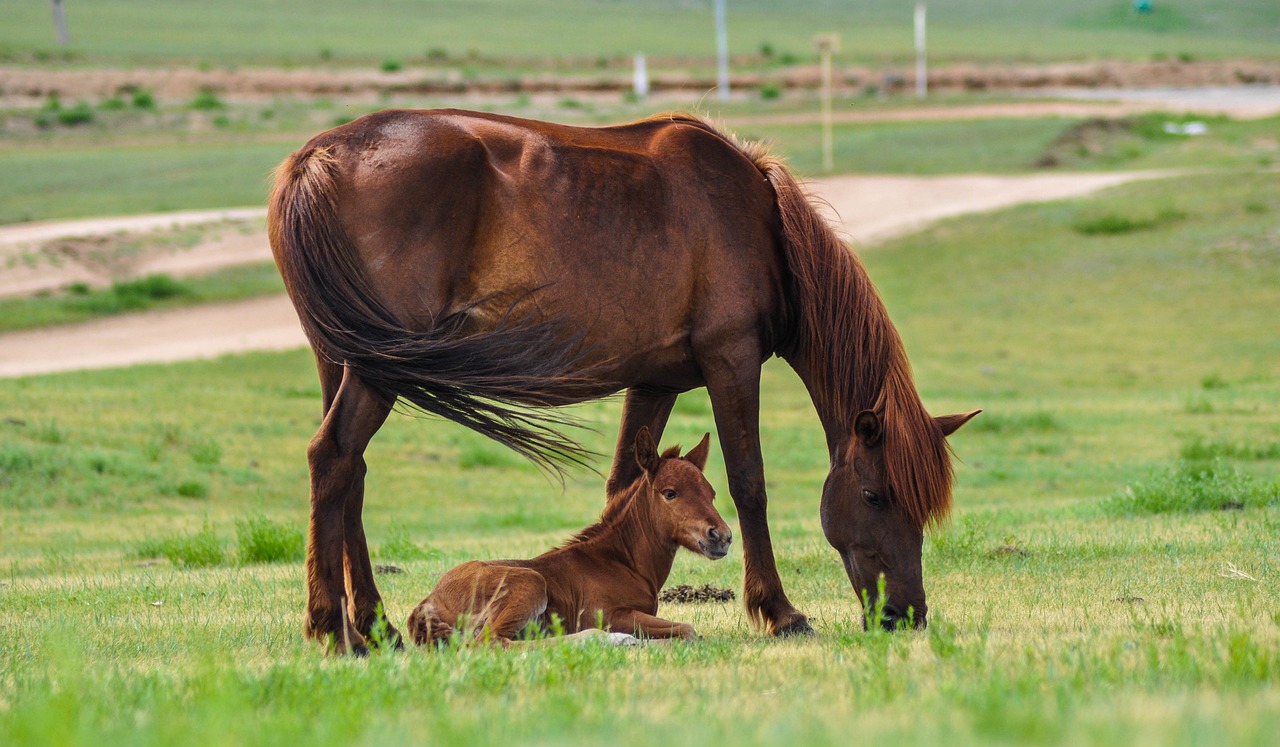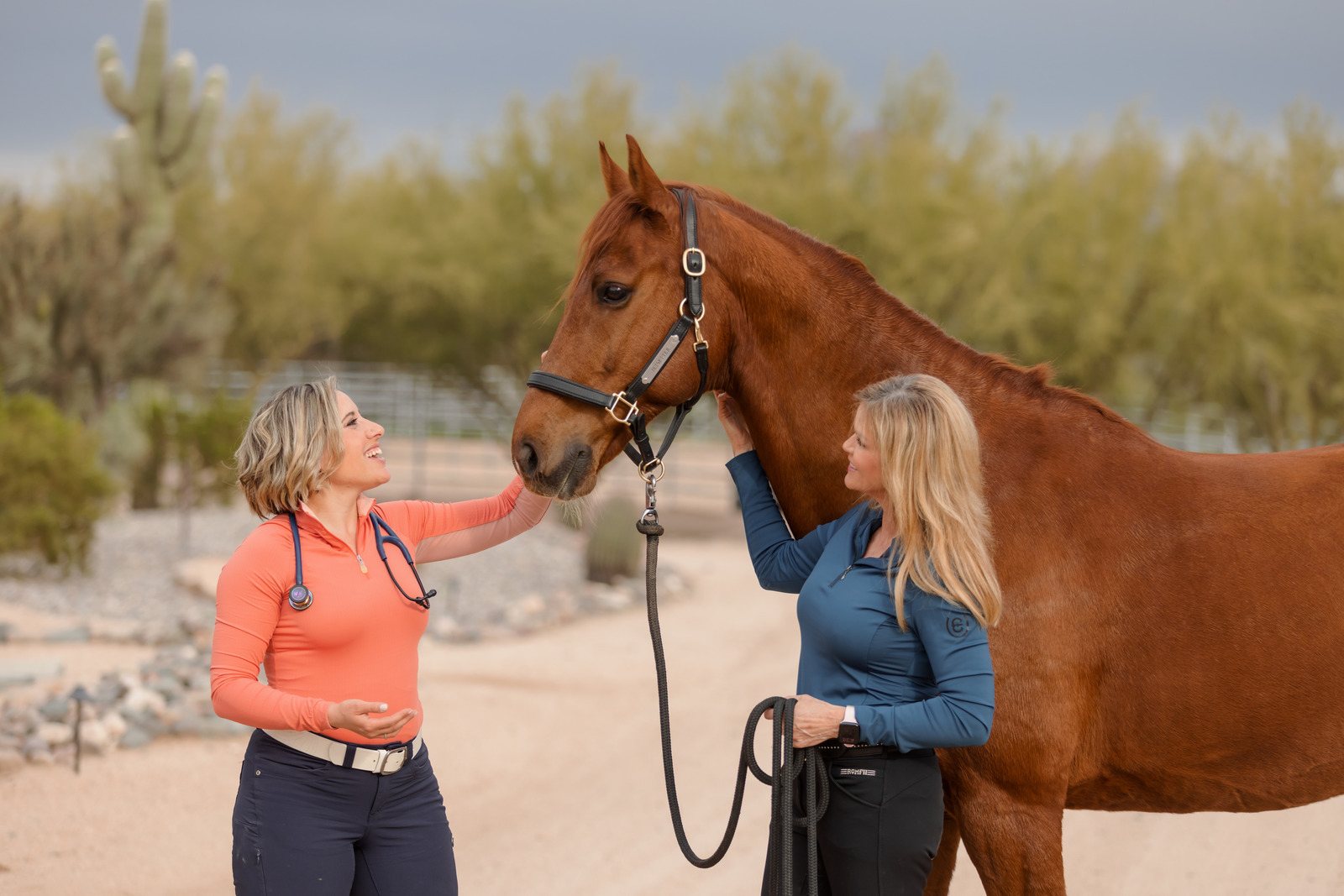Depending on the climate where your horse resides whether it’s Phoenix, Cave Creek, or somewhere chillier, seasonal changes can come with their own set of challenges for your horse. In cold climates, where horses are mostly housed indoors, the vulnerability of horses to respiratory issues increases significantly. These problems, if equine respiratory wellness is not addressed effectively, can have a detrimental impact on their performance and overall well-being. In this comprehensive blog, we dive into the critical aspects of maintaining respiratory health in horses, from recognizing problems to understanding their unique anatomy and employing diagnostic techniques in times of trouble. We will also cover preventive measures along with management and treatment strategies related to equine respiratory issues.
Table of Contents
The Significance of Respiratory Health in Horses
Respiratory health in horses stands as a cornerstone of equine performance. Horses demand a greater oxygen intake than humans, making proper breathing essential for maintaining peak performance. Effective respiration also plays a role in regulating body temperature during exercise. Neglecting respiratory health can lead to chronic issues such as coughs, bronchopneumonia, and lung damage. Therefore, ensuring ideal respiratory health is fundamental for the well-being and longevity of these magnificent creatures.
Recognizing Equine Respiratory Problems
Early detection of respiratory issues is crucial for timely treatment. Common signs of respiratory problems in horses include:
- Abnormal respiratory noises
- Persistent coughing
- Nasal discharge
- Labored breathing
Horses experiencing respiratory issues may also display reduced appetite, lethargy, and fever. If horse owners notice any of these signs, it is imperative to contact a veterinarian without delay.
Equine Respiratory Anatomy
To effectively recognize and prevent respiratory issues, it is imperative to grasp the intricacies of the equine respiratory anatomy. Horses possess a complex respiratory system consisting of two nostrils, a pharynx, larynx, trachea, bronchi, bronchioles, lungs, alveoli and pleura. Horses are obligate nasal breathers, and therefore, if they’re ever seen open-mouthed breathing, this is a medical emergency. The nostrils serve as filters for inhaled air, connecting to the pharynx, which in turn links the nose to the larynx. The larynx plays a protective role for the trachea and lungs by trapping foreign objects and air aspirates. Air flows through the trachea, which then splits into two bronchi, eventually entering the lungs and branching into bronchioles—small air passages ending in alveoli, the tiny air sacs.
Assessing Equine Respiration
Evaluating an Arizona horse’s resting respiratory rate is essential for the early detection of respiratory problems. A normal resting respiratory rate for horses typically falls within the range of 10-24 breaths per minute. Horse owners should make it a routine practice to monitor their horse’s respiratory rate, as it may fluctuate due to stress, fever, exercise, and respiratory infections. In horses with exercise related issues with respiration, evaluating the horse before, during and after exercise can help determine the origin of the issue. Even evaluating the length of time it takes for the horse to recover from exercise can be a clue to their underlying issue. Sometimes your veterinarian will perform a rebreathing exam to encourage the horse to take deep breaths and to allow a more thorough evaluation of the lower respiratory tract. This allows for a more thorough evaluation of how the lungs sound and watching how the horse handles the exam (ie. if they cough, back away, or have short, shallow breathing) can provide clues to the severity of their respiratory condition.

Respiratory Diagnostic Testing
Diagnostic tools play a pivotal role in assessing the horse’s respiratory system. Equine respiratory endoscopy in Arizona, for instance, involves the insertion of a small camera through the horse’s nostril to visualize its respiratory structure. This can be done in the standing horse with or without sedation or in the horse during exercise. Radiography and ultrasonography serve as imaging techniques that aid in the detection of respiratory diseases, foreign bodies, and lung damage. More research based techniques such as pulmonary function testing, offers insights into the respiratory system’s functionality, oxygen intake capacity, and lung strength.
At Cave Creek Equine, we offer several of these essential diagnostic services. Our experienced team of veterinarians and state-of-the-art equipment ensure thorough and accurate assessments, enabling us to provide the best possible care for your Arizona equine companions respiratory health.
Management and Treatment Strategies
Effectively managing respiratory issues entails minimizing exposure to dust and high pollen counts, along with ensuring proper ventilation. Treatment options may encompass:
- stall rest
- medications like bronchodilators, anti-inflammatories, antibiotics, or a combination of
these.
Severe cases can necessitate horse nebulization therapies near New River, AZ.
Preventive Measures
Proactive measures can significantly reduce the risk of respiratory problems in horses.
- Adequate ventilation
- Use of low dust hay/feed and bedding
- Maintaining proper hydration
- Regular veterinary check-ups, and
- Ensuring a low dust barn environment
Additionally, discussing vaccination options with your veterinarian is advisable, as underlying viral respiratory disease can predispose your horse to developing pneumonia.
Equine Respiratory Wellness is Vital
As the seasons change, equine respiratory issues become a pressing concern, potentially affecting the performance and health of horses. Recognizing problems, understanding their unique respiratory anatomy, assessing respiratory rate and effort, and utilizing various diagnostic tools are critical steps in ensuring equine well-being. Implementing preventive measures and employing effective treatment strategies can reduce the likelihood of respiratory issues and enhance the performance and longevity of these magnificent animals. Whether you’re a horse owner near Rio Verde, enthusiast, or equine specialist in Cave Creek, safeguarding optimal respiratory health in horses is a shared responsibility.







